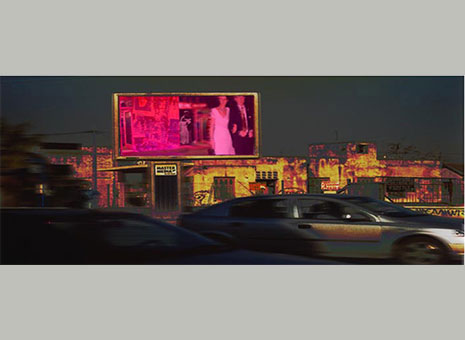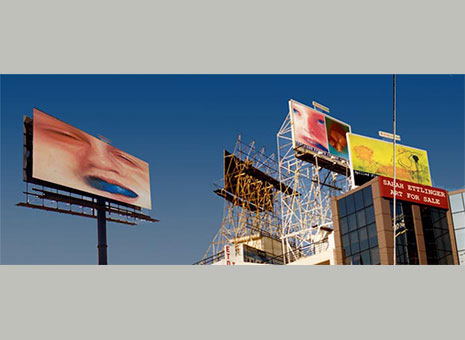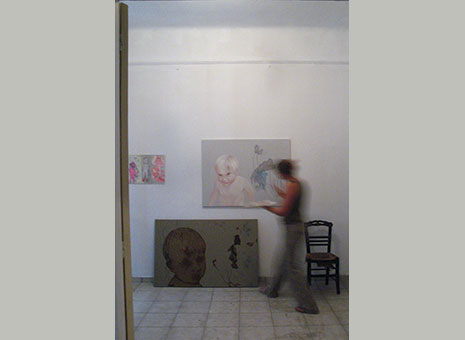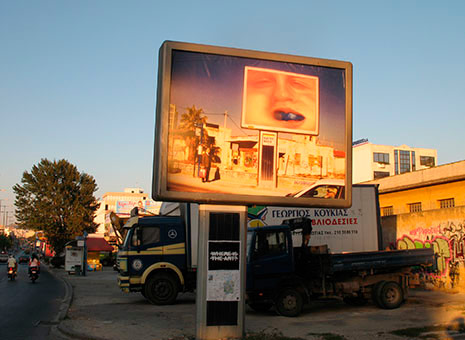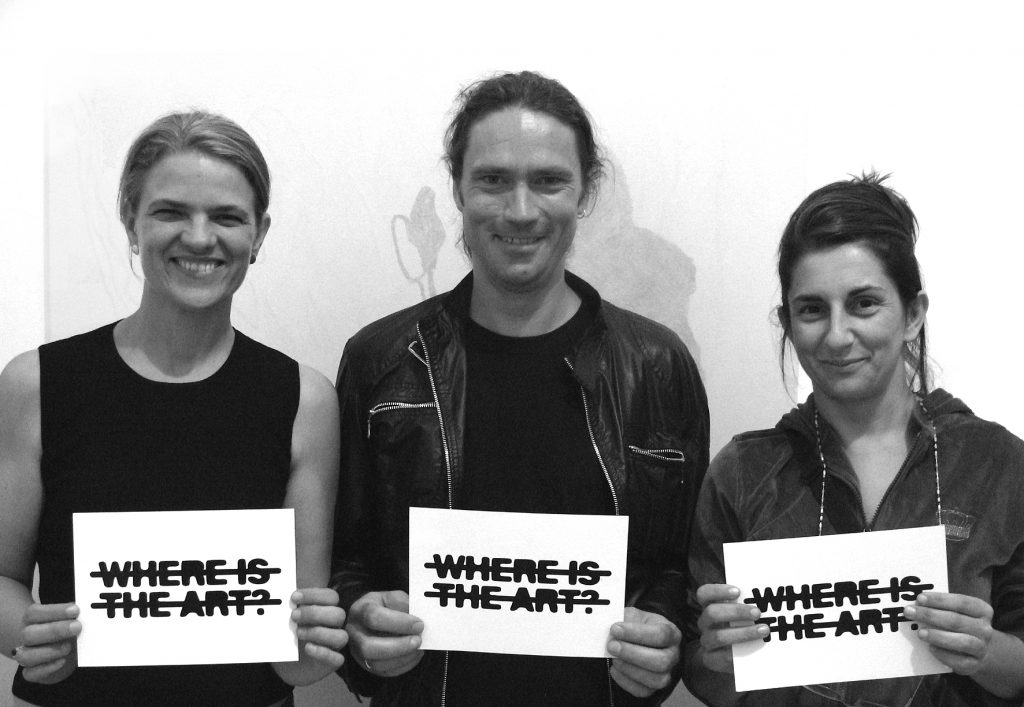Co- curator & organizer & participating artist
Catalogue Introduction Katerina Gregou
Where is the Art? is first and foremost an artists’ initiative which is also collaborative in nature. This is important, as there are few initiatives of this kind and on such a scale in Greece. Where is the Art? not only asks us to consider the notion and role of the artist’s studio today, but aims to literally ‘expose’ the creative process of making art in all its stages: from conception to production and, finally, presentation. Normally we, as audience, get to see the finished result, whatever that may be; the in-between stages of the process of creation are usually concealed from public view, and it is precisely this that Where is the Art? seeks to reverse.
The notion of the studio has long fascinated and intrigued culturally interested audiences with its associations of creativity, freedom of imagination, unconventional lifestyle, myth of artistic ‘genius’, and the artist’s struggle for recognition and success. Often, the studio constitutes or has been made out to be a mythical, impenetrable space, accessible to a privileged few. Where is the Art? aims to dispel some of the myths and stereotypes associated with the artist’s studio and aims to challenge the often private nature of the studio as an intimate, off-bounds workspace.
Where is the Art? also attempts to link the artists’ activities from their private workspace to the public domain. Rather than sticking solely to the idea of Open Studios, the artists in Where is the Art? finally venture out into the city, using it as an extension of the studio and bringing their practices out of the confines of their private spaces. This provides an opportunity for art to be seen in an entirely different context, one which is engaged with questions of reception and perception of art in the public domain, free for all to evaluate and discuss. Taking possession of public space has, of course, entirely different implications than showing art in the privileged environment of the specialist art space.
Where is the Art? thus questions the role of the studio in creative production today but also champions the independence of artistic practice and self-organisation which, in this specific case, is free of institutional support, and thus free of the ties and compromises that often go with it; not an easy task nowadays in the increasingly professionalised art world where publicity, marketing, the ‘right’ gallery, collector or museum and other such structures determine an artist’s success or career, often regardless of artistic content. So in effect, Where is the Art? is also about wresting art out of the hands of the vested interests.
